
by Ruth Lively
June 1999
from issue #21
Editor’s note: Jean Bardet’s hotel and restaurant closed in 2008.
The kitchen garden at the hotel and restaurant of chef Jean Bardet, in Tours, France, faces a tall order: provide the kitchen with a constant supply of the entire spectrum of vegetables, all the while looking shipshape for the many guests and visitors. More than most French chefs, Bardet is devoted to the cult of the vegetable. When planning a menu, he chooses produce first, then the meat?unusual for a French chef. His restaurant is one of the few in France where you can order an all-vegetable, multi-course meal.
To meet the kitchen’s demand for variety and novelty, gardener Stéphane Gaillacq scours seed lists from around the world. He’ll often give preference to vegetables of different colors, like purple kohlrabi and peas. Heirloom vegetables are staples in this organic garden. Gaillacq estimates he sets out 4,000 seedlings each year, including 140 tomato plants, representing 50 varieties.
The kitchen garden’s layout is formal, which goes a long way in presenting a neat appearance. Cruciform paths divide the garden into four main planting areas. Each bed is edged with dwarf box; the vegetables within are planted in tidy rows.
Because this garden lies in full view of the restaurant and guest rooms, Gaillacq is always looking for ways to enhance its beauty without sacrificing production. Here’s a roundup of practical and pleasing tricks to try at home.
| 1. When placing plants, be sure there’s method to your mixture. Vegetables typically are grown in rows of a single variety, which makes spacing easy, simplifies cultivation, and keeps the garden looking tidy. But Stéphane Gaillacq mixes rows of plants to create a tapestry of color, texture, and form. In front is ruby chard. Within the dwarf box edging are rows of purple kohlrabi, a mixed row of green and red leaf lettuce, green heading lettuce, the red and frilly ‘Lollo Rossa’ lettuce, and a double row of fava beans. | 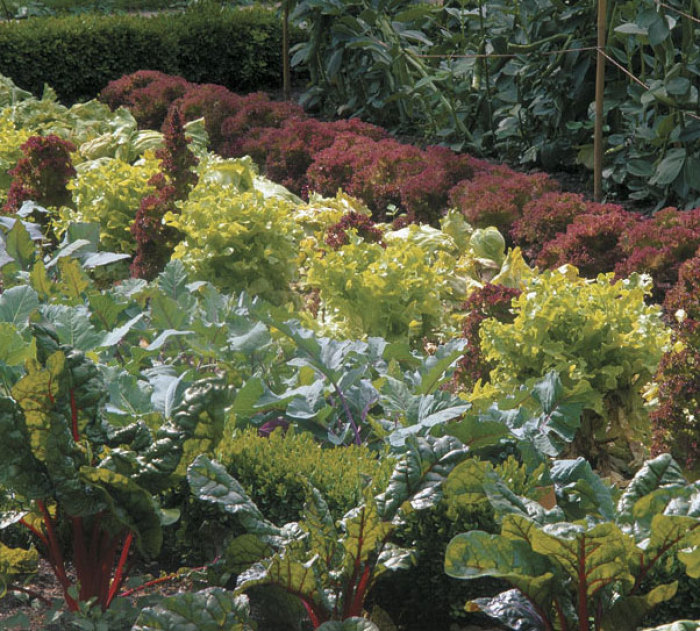 |
|
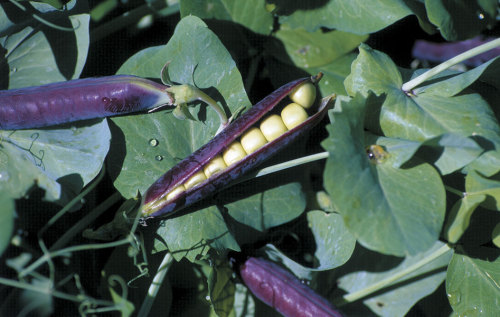 |
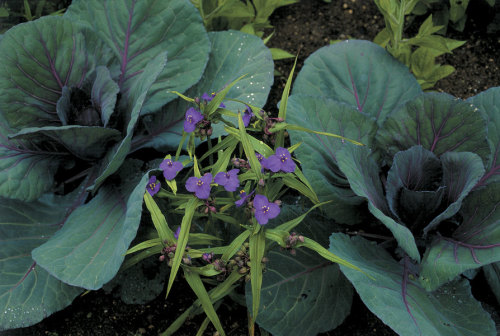 |
|
| 2. Growing a few vibrantly colored vegetables can punctuate expanses of green in the garden. The deep purple pods of this heirloom pea will stop you in your tracks. Gaillacq got the seeds for this pea from England’s Royal Horticultural Society. Here in America, Seed Savers Exchange sells a purple-podded heirloom pea called ‘Blauwschokkers’. | 3. Don’t hesitate to tuck flowers right in among the vegetables. This dynamite combination pairs spiderwort (Tradescantia) with a red cabbage. The blue-purple flowers of the spiderwort pick up the reddish-purple veins in the cabbage leaves. The result is pretty as a picture. | |
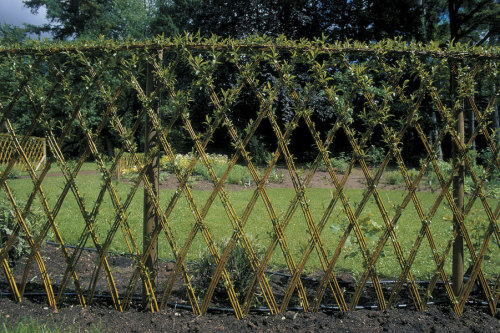 |
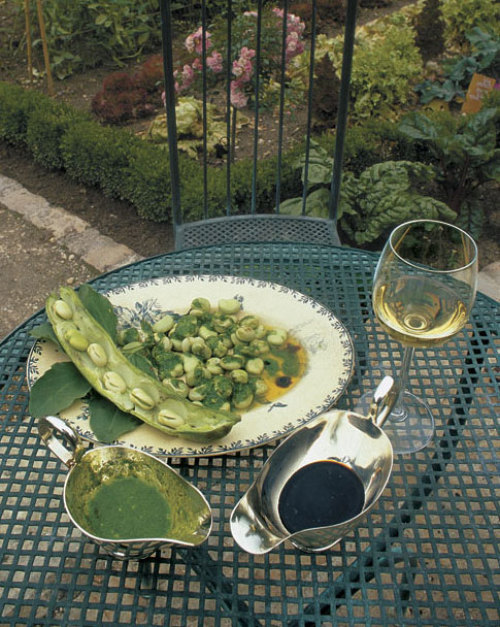 |
|
| 4. Willow makes a lovely, living fence. Here’s a very decorative, do-it-yourself fence. Willow stems, cut while dormant, were stuck in the ground at an angle. The bundles of three yellow whips were woven into a diamond pattern, and more were woven across the top to create a border. Sturdy posts every 5 feet stabilize the fence, and a soaker hose keeps the willow stems moist while they form roots. Regular pruning is needed to keep the lovely pattern of the stems exposed, but the visual impact is worth the effort. | 5. Nothing beats fresh produce, simply prepared. Just minutes after picking, fava beans return to the garden, lightly steamed, and drizzled with olive oil, pesto, and balsamic vinegar. The pesto was made in the blender while the favas were cooking. Enjoying a meal surrounded by the beautiful garden that produced it is the best seasoning of all. | |
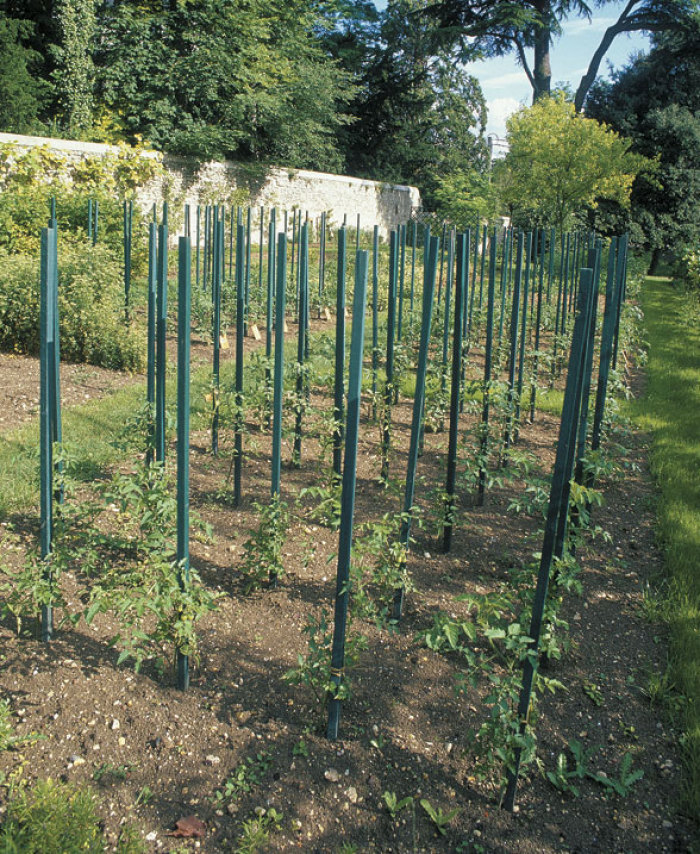 |
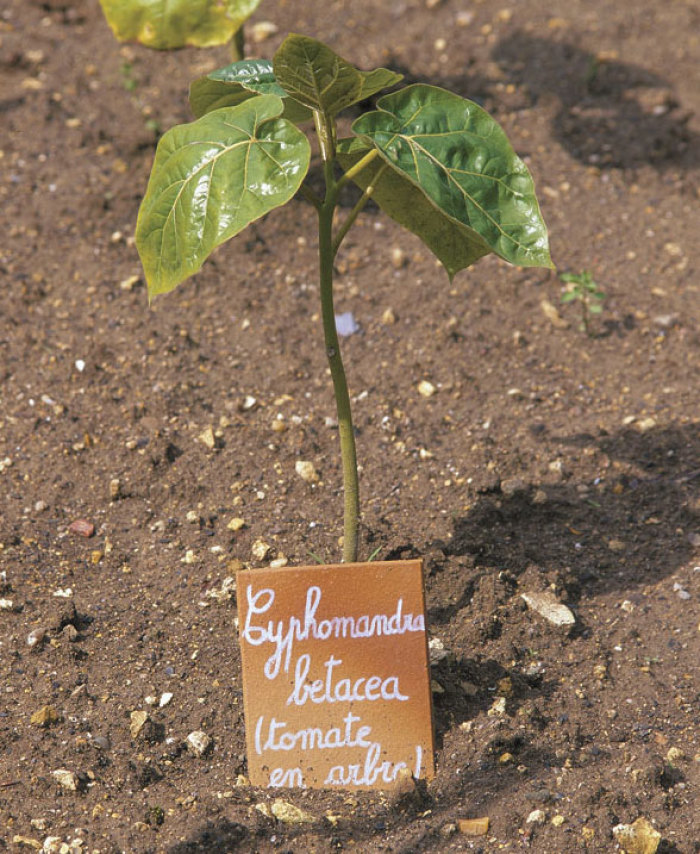 |
|
| 6. Painted stakes lend an artistic touch and last longer. Since plant supports are going to be seen, why not make them attractive? These 1×1 stakes were all cut to the same length, then painted a soothing blue-green. Finally, they were set in the ground to the same height. This visual uniformity helps keep the tomato patch looking good. The paint also prolongs the life of the stake a bit. Over time, as the bottoms rot, they can be sawn off cleanly and the stakes reassigned to shorter plants, like tomatillos. | 7. Tiles make long-lasting plant markers. In a garden with so many unusual varieties and so many curious visitors, easy-to-read plant markers are a real plus. Gaillacq paints the names on terra-cotta tiles, which are inexpensive, good looking, and will last indefinitely if not left out over winter. Planting-out dates can be scribbled on the back in pencil, then scrubbed off at season’s end. | |
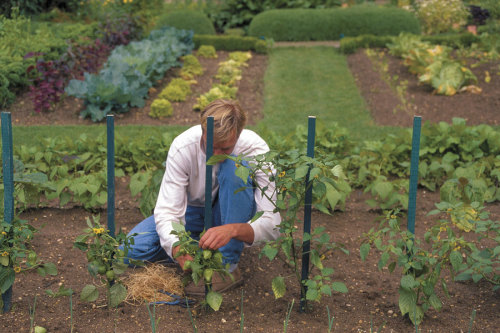 |
||
| 8. Raffia is a natural for tying up plants. Each long, tan ribbon is a strip of fiber pulled from the leaf of the raffia palm. It’s unobtrusive, strong, flexible, inexpensive, and will last the season. And come fall, the raffia can go right in the compost with the spent plant. | ||


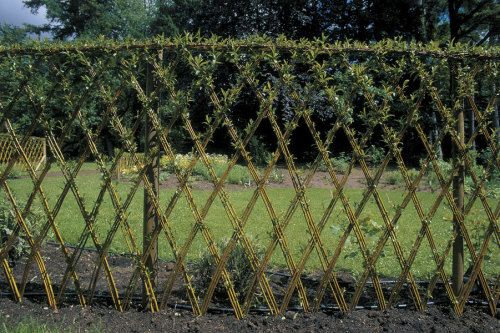

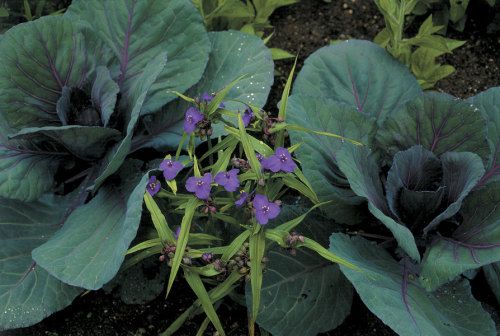
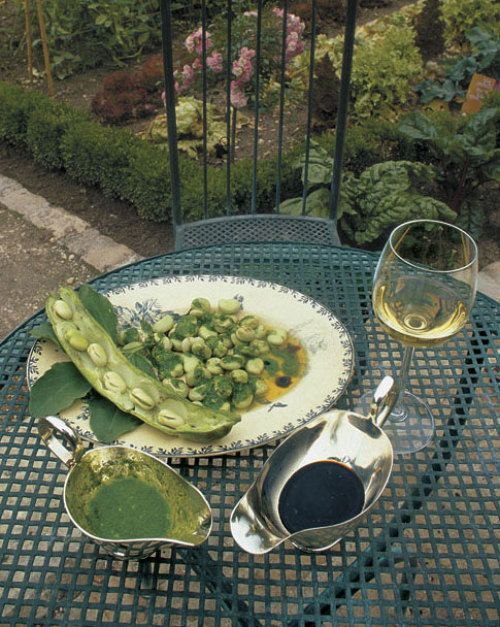
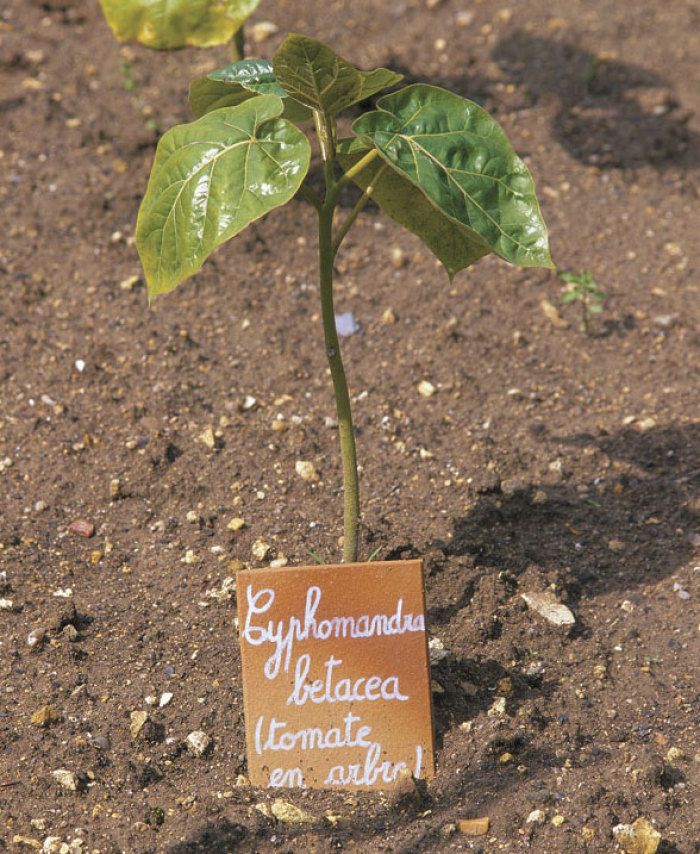
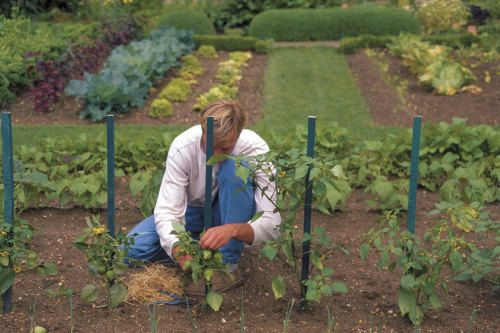
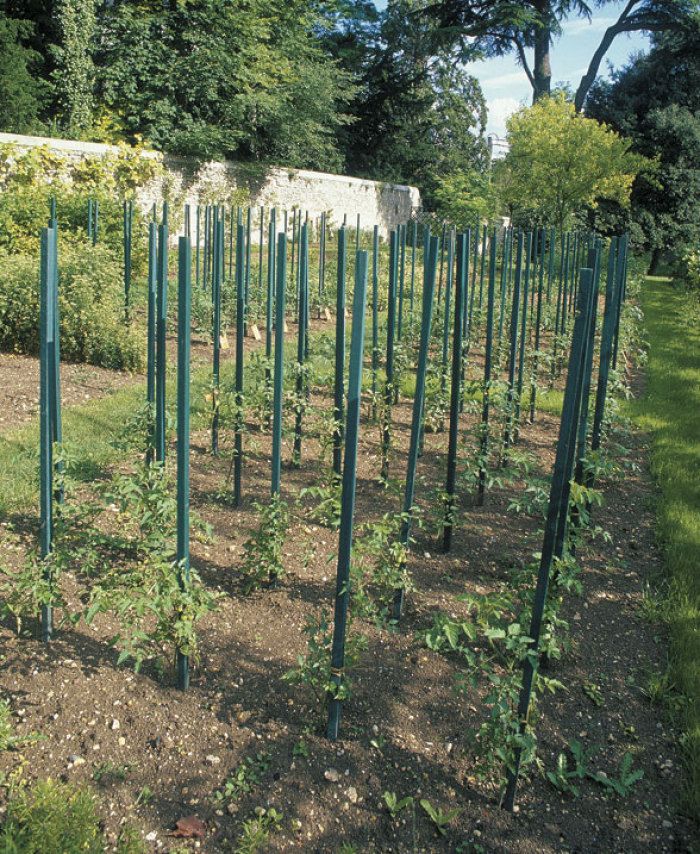
















Comments
Log in or create an account to post a comment.
Sign up Log in